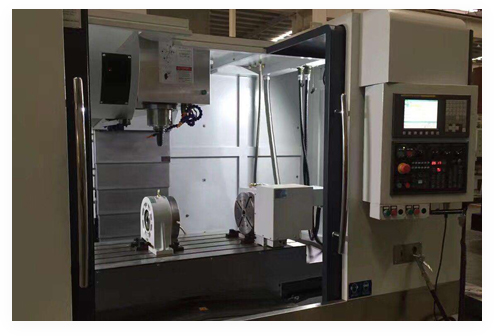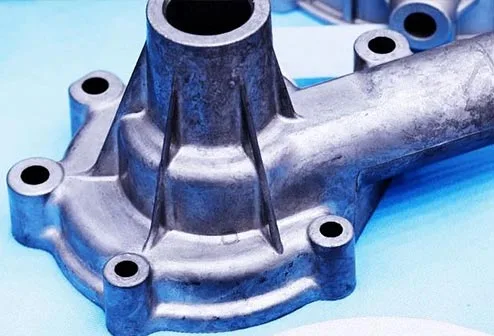Everyday objects that we use often involve different materials. For instance, scissors usually have plastic handles and metal blades. Although it may seem straightforward, engineers must carefully consider how to effectively join these different materials when creating a product like scissors. One method commonly used for this purpose is called insert molding.
In this discussion, we will explore what is insert, how does insert molding works, and consideration before insert injection molding.
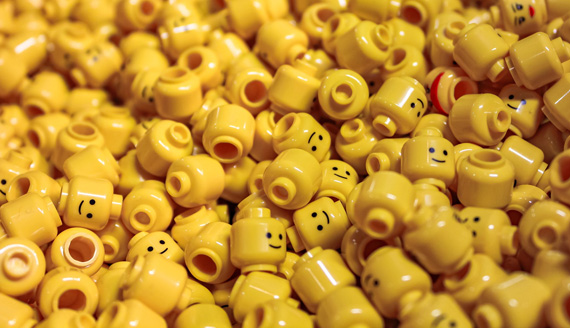
Inserts play a crucial role in processes like insert injection molding as they enable the combination of different materials, the addition of specific features or functionalities, and the provision of structural support in the final product. The utilization of inserts offers opportunities for improved properties and customization in the production of various items.
Insert molding is a type of injection molding where inserts, often metal, are added into the mold cavity prior to the injection of molten plastic. As the plastic cools and solidifies, it forms a permanent bond with the insert, resulting in a durable and lightweight composite part.
The insert molding process offers several benefits, which is why it is being increasingly adopted by numerous industries. By incorporating metal inserts, the mechanical properties of the plastic or thermoplastic material used in the insert injection molding process are reinforced, resulting in stronger and more resilient finished products. This process allows for the production of parts that possess enhanced characteristics while maintaining design flexibility and customization options.
In insert molding, threaded inserts are commonly employed to enhance the mechanical properties and functionality of plastic components. This process offers a more efficient way of fastening these materials together compared to traditional assembly methods. Below are the steps involved in the successful execution of the insert molding process.
In this initial step, the pre-formed inserts, which can be metal components or other materials, are carefully placed into the mold cavity. The inserts are positioned precisely according to the design requirements, ensuring they are in the desired location within the final molded part. The mold is then prepared for the injection process.
With the inserts securely positioned within the mold cavity, the mold is closed, creating a confined space for the next stage. Molten plastic or resin material is injected into the mold at high pressure through channels and gates. The molten material fills the space around the inserts, encapsulating them completely.
Once the plastic material has cooled and solidified, the mold is opened, allowing for the removal of the molded part. This step requires precision to ensure the integrity and quality of the part. The molded part, now containing the embedded inserts, is removed from the mold cavity, while any excess material or flash may remain attached.
In some cases, the molded part may still be connected to the sprue, which is the channel that delivers the molten material to the mold cavity. The sprue and any remaining gating system or runners need to be detached from the molded part. This can be achieved through trimming or other cutting processes, separating the part from the excess material.
Once the molded part is free from any unwanted material and the sprue has been removed, it may undergo additional post-processing steps. These steps can include surface finishing, polishing, or any required treatments to achieve the desired final aesthetics and functionality of the part. Quality inspection is also conducted to ensure the part meets the required specifications.

Before embarking on the process of insert molding – a method that combines plastic parts with other materials – it is essential to take various factors into consideration to ensure successful outcomes. Here are some key considerations:
Insert Selection
Carefully choose the appropriate inserts for your application. Consider factors such as material compatibility, mechanical properties, and thermal stability to ensure the inserts can withstand the molding process.
Insert Design and Positioning
Optimize the design and positioning of the inserts within the mold to ensure proper functionality and a secure fit. Consider factors such as part strength, ease of assembly, and any necessary alignment features.
Material Compatibility
Select a molding material that is compatible with both the inserts and the desired properties of the final product. Consider factors such as melt temperature, shrinkage, and bonding potential to ensure proper adhesion between the material and the inserts.
Molding Process Parameters
Determine the appropriate molding process parameters, including injection pressure, temperature, and cycle time, to achieve optimal results. Proper control of these parameters helps ensure dimensional accuracy, part quality, and consistency.
Mold Design
Develop a mold design that allows for easy insertion of the inserts while ensuring proper alignment and retention during the molding process. Consider factors such as mold materials, cooling channels, and ejection mechanisms.
Quality Control
Implement robust quality control procedures to ensure the integrity of the molded parts. Regular inspections and testing can help identify any issues with inserts, material bonding, or overall part functionality.
Production Volume and Cost
Consider the expected production volume and associated costs when selecting the appropriate insert molding process. High-volume production may warrant automated equipment, while lower volumes may necessitate manual insert loading.
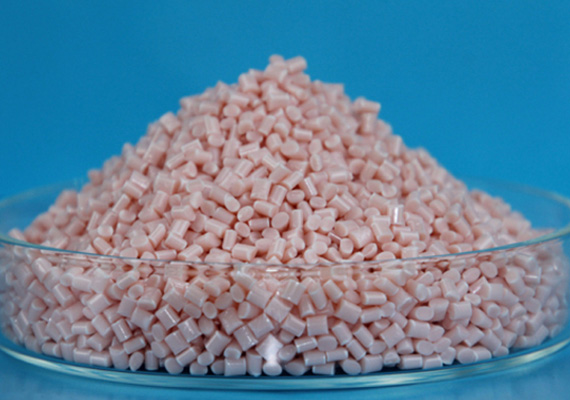
Insert molding simplifies the integration of components, allowing for the creation of substantial parts without the need for additional assembly processes that can drive up production costs.
This technique is compatible with a wide range of materials and can be applied to various end-use applications. CNC machining can be used to produce the inserts or pre-formed components that will later be inserted into the mold during the insert molding process. To ensure optimal results and timely production, it is important to collaborate with a professional and dependable CNC machining partner, such as Richconn. Our comprehensive services ensures that your parts meet all specifications without any delays in production timelines.
Manufacturers often employ insert molding as a means to merge both plastic and non-plastic materials together. Various industries, including aerospace, defense, automotive, and medical equipment, find great value in utilizing parts manufactured through the insert molding process. This process offers several advantages such as cost-effectiveness, enhanced part reliability, and increased design flexibility.
If you are seeking to manufacture plastic parts, do not hesitate to reach out to Richconn. We specialize in delivering high-quality plastic parts tailored to your specific requirements. Contact us today to fulfill your needs.
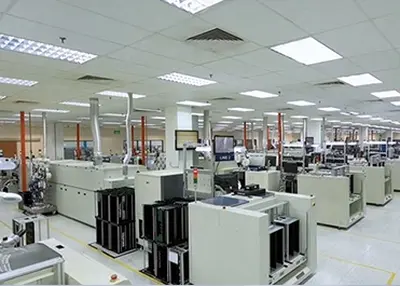 Thriving Outsourcing PartnershipsOctober 12, 2023Manufacturers now view outsourcing not just as a supplier relationship, but as a partnership. Lei Sheng, product manager at Richconn, explains why outsourcing projects with reliable partners make sense.view
Thriving Outsourcing PartnershipsOctober 12, 2023Manufacturers now view outsourcing not just as a supplier relationship, but as a partnership. Lei Sheng, product manager at Richconn, explains why outsourcing projects with reliable partners make sense.view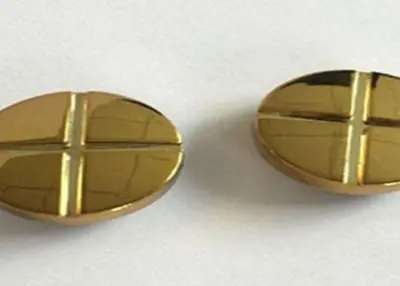 The Intersection of Chameleon PVD Coating and GadgetsJanuary 5, 2024Innovations in technology have paved the way for stunning advancements in the gadget industry. One such breakthrough that mesmerizes tech enthusiasts is the thrilling use of Chameleon PVD coating. Wit...view
The Intersection of Chameleon PVD Coating and GadgetsJanuary 5, 2024Innovations in technology have paved the way for stunning advancements in the gadget industry. One such breakthrough that mesmerizes tech enthusiasts is the thrilling use of Chameleon PVD coating. Wit...view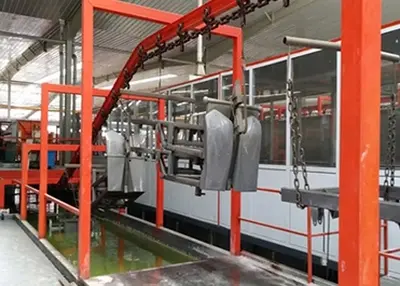 Analysis of the Advantages and Characteristics of 4-axis Machining Center ProcessingOctober 24, 2022At present, there are many methods and equipment used in machining centers, among which CNC four-axis machining centers are a more common machining method. Initially, three-axis machining was generall...view
Analysis of the Advantages and Characteristics of 4-axis Machining Center ProcessingOctober 24, 2022At present, there are many methods and equipment used in machining centers, among which CNC four-axis machining centers are a more common machining method. Initially, three-axis machining was generall...view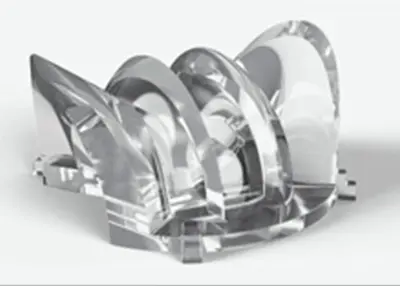 Learn More About Manufacturing Options For Elastomeric ComponentsOctober 18, 2023Materials scientists like to give their creations complicated names. Polyethylene terephthalate (a form of polyester). Acrylonitrile butadiene styrene (this opaque thermoplastic is better known as ABS). These are just two examples of the thousands of polymers in use today. Many of them have fundamentally changed our lives.view
Learn More About Manufacturing Options For Elastomeric ComponentsOctober 18, 2023Materials scientists like to give their creations complicated names. Polyethylene terephthalate (a form of polyester). Acrylonitrile butadiene styrene (this opaque thermoplastic is better known as ABS). These are just two examples of the thousands of polymers in use today. Many of them have fundamentally changed our lives.view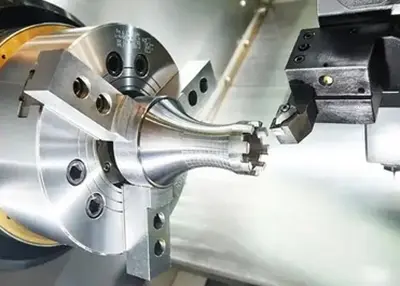 How to Use a 5-Axis Machining Center for Titanium Alloy Custom Parts?July 27, 2023As an engineer of five-axis machining centers, I will share with you the method of machining titanium alloy special-shaped parts using a five-axis machining center and the key points of titanium alloy...view
How to Use a 5-Axis Machining Center for Titanium Alloy Custom Parts?July 27, 2023As an engineer of five-axis machining centers, I will share with you the method of machining titanium alloy special-shaped parts using a five-axis machining center and the key points of titanium alloy...view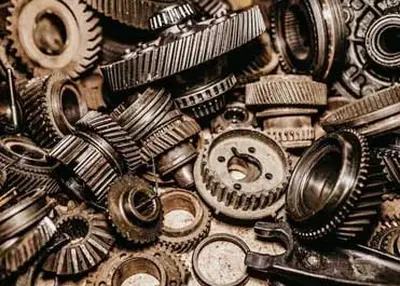 Basic of Gear Manufacturing: A Guide to Learn about Gear Production ProcessesAugust 29, 2023There is no single process for manufacturing gear because several processes are required based on the type and application. The gears need to be in absolutely perfect condition to adapt to strenuous c...view
Basic of Gear Manufacturing: A Guide to Learn about Gear Production ProcessesAugust 29, 2023There is no single process for manufacturing gear because several processes are required based on the type and application. The gears need to be in absolutely perfect condition to adapt to strenuous c...view
 EN
EN
 ru
ru 
